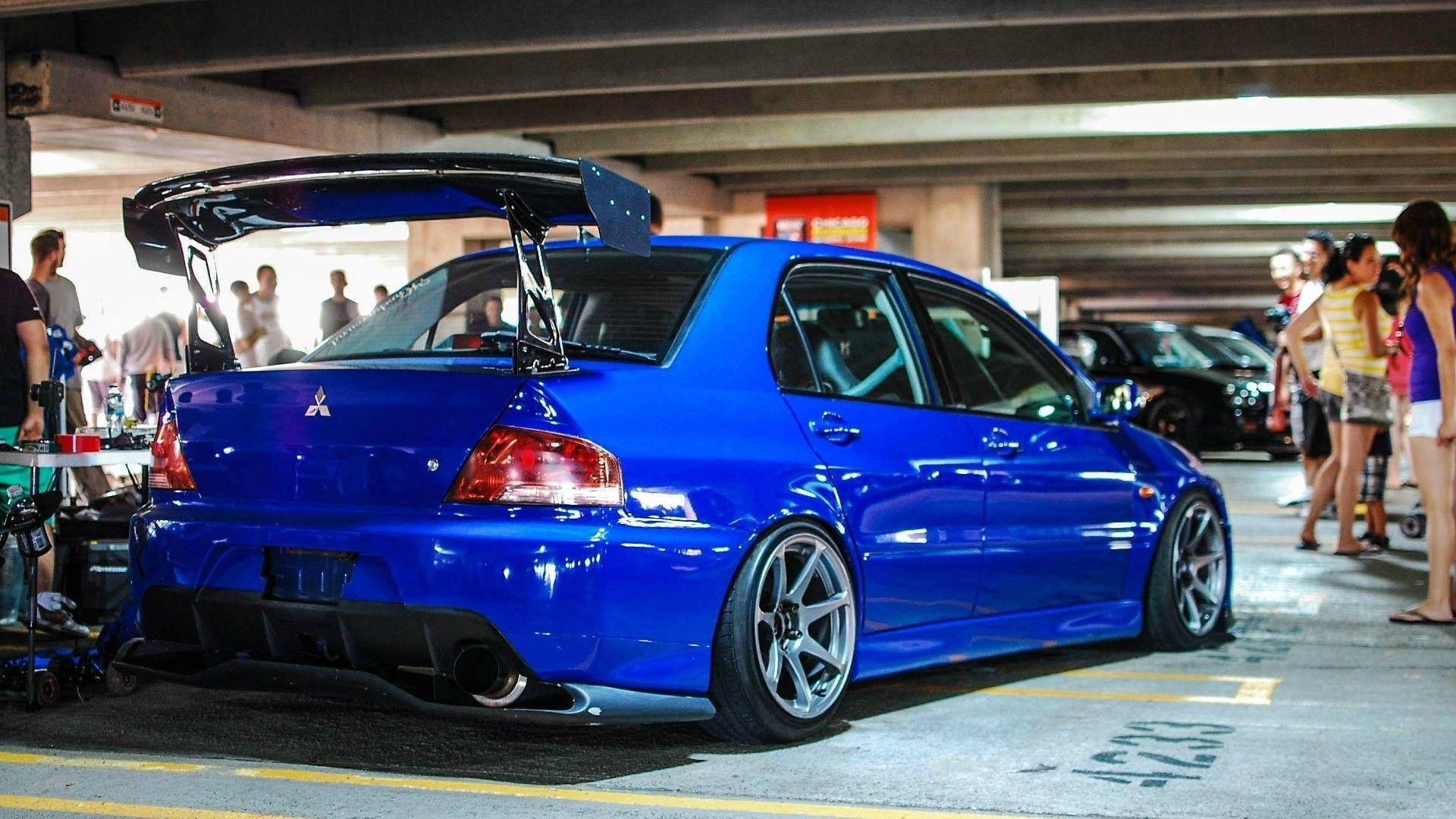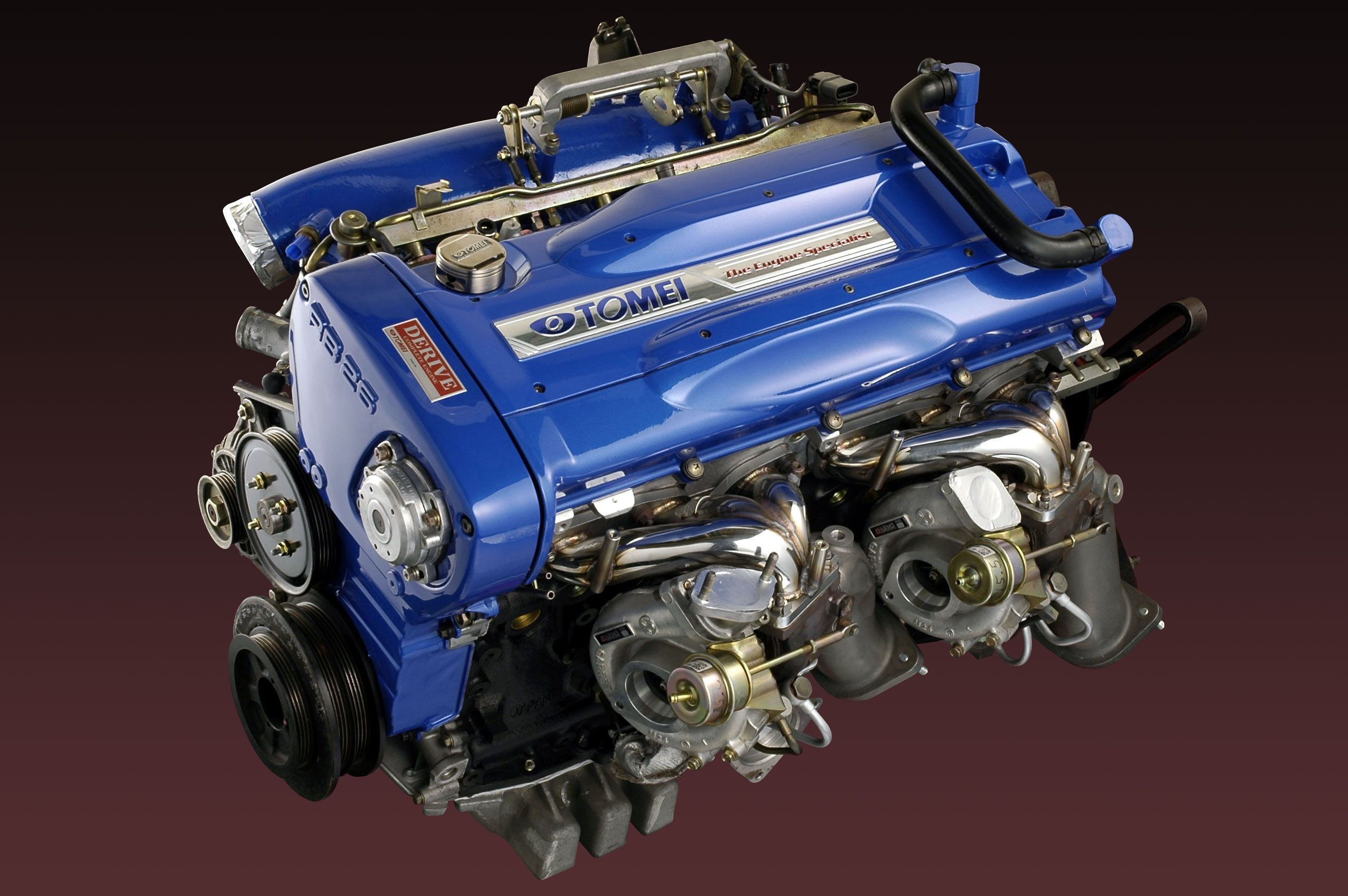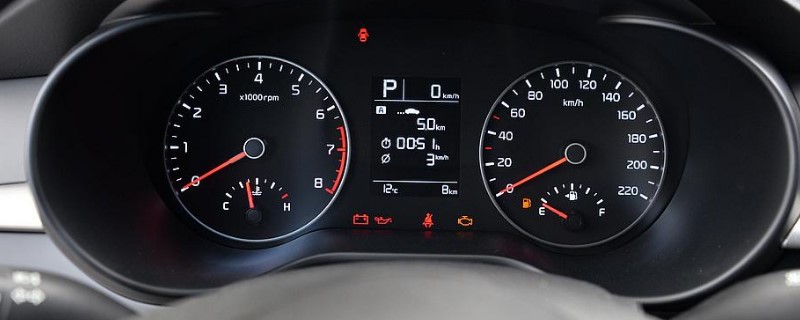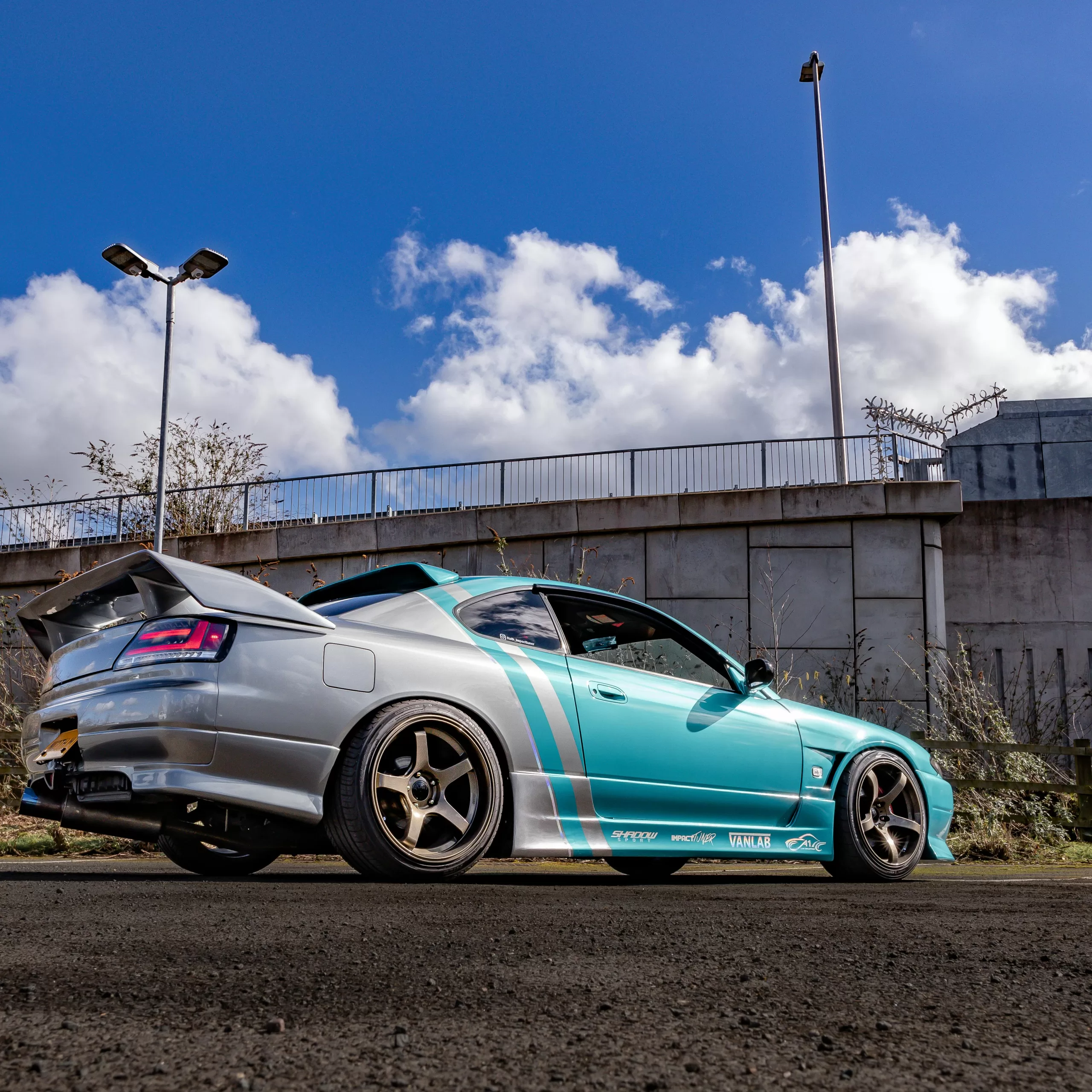Japanese domestic market (JDM) cars evoke strong emotions among automotive enthusiasts worldwide.
Models like the Nissan Skyline, Toyota Supra, and Mazda RX-7 carved out legendary status thanks to their unique engineering, performance capabilities, and distinctive style. But what exactly fuels the passion behind JDM tuning culture? This deep obsession stems from an appreciation of these vehicles’ hearts – their high-revving engines. Let’s examine how peaky JDM powerplants stir the soul.

From their smooth inline 6-cylinders to screaming rotary motors, JDM engines love to rev. They gain power rapidly near redline while maintaining tractability lower in the powerband. Turbocharged versions exhibit minimal lag before their surge of boost kicks in. This character stands opposed to the lazy, muted responses of large displacement engines common in America. JDM motors impart a sense of intimacy lost to modern digitally controlled powertrains.

The JDM heart of High-Strung Engines
Sustaining high rpm requires meticulous engineering across reciprocating components, valvetrain, oiling systems, and cooling. Weight reduction for rotating assemblies keeps engines lively. Strong block materials prevent tearing under stress. JDM makers perfected these high-winding designs despite their complexity compared to lumbering V8s.

For instance, Mazda’s 13B rotary sustained 9,000 rpm reliably despite weighing under 200 lbs. Toyota’s 3SGTE turbo-4 in the MR2 reached similar redlines using dual overhead cams and air-to-air intercooling. These stratospheric ceilings promise visceral thrills at the limit.

Unmatched Auditory Sensations
Beyond sheer mechanical achievements, JDM engines create unmatched sensory experiences, most notably their sound. The acoustics stirred by resonant intake plenums, free flowing exhausts, and unbalanced rotating mass prove addictive.
Theurgent sound as Nissan’s straight-six howls towards 8,000 rpm can’t be replicated. The guttural warble of a turbocharged boxer motor anti-lag system induces goosebumps. Even modest inline-4 engines like Honda’s B-Series elicit spine-tingling musicality above 6,000 rpm. These peaky engines remind owners of their pedigree every time the tach swings right.

Tournament of Tuners
Another reason JDM engines breed obsession lies in their tuneability. Excellent stock internals and design rigidity allow massive power gains from ECU tweaks, turbo upgrades, or exotic forced induction systems.
Hondas in particular become automotive canvases thanks to their unparalleled aftermarket support. Swapping higher-output B-Series or potent K-Series into older chassis is a right of passage for enthusiasts. This modular flexibility enables endless build combinations.
Of course, potent six-cylinder options from Nissan, Toyota, and Mazda also achieve awe-inspiring output with the right modifications. Tuning shops constantly try to one-up each other extracting absurd horsepower figures from these benchmark JDM engines.

Thrills Beyond the Specs
But perhaps most importantly, JDM cars enlighten drivers that numbers alone fail to quantify an engine’s character and emotional impact. Their high-winding nature provides a visceral experience that data points cannot convey.
This realization fuels a lifelong passion for pursuing driving perfection. Seeking the next rev-happy powerplant that connects directly to the human soul. Finding harmony with a machine that rewards razor sharp focus and skill. A rev range mere specs don’t reveal.

The JDM heart Engine Ethos
JDM engines distill the pure essence of engineering and man-machine interfaces into mechanical poetry. They represent a uniquely Japanese automotive ideology that prioritizes emotional engagement over raw metrics.
These high-strung motors transfix owners with their soaring, ear-pleasing crescendos as tach needles sweep right. In the quest for maximum heart rather than maximum horsepower lies the core of the JDM enthusiast. That intangible, irrational joy that defies measurement.
So when you ponder why JDM fanatics become so invested, remember it starts with the JDM heart under the hood. These aren’t just cars – they are conduits to an experience. One that resonates at the very peak of their rev range, and at the soul of those who embrace them.





